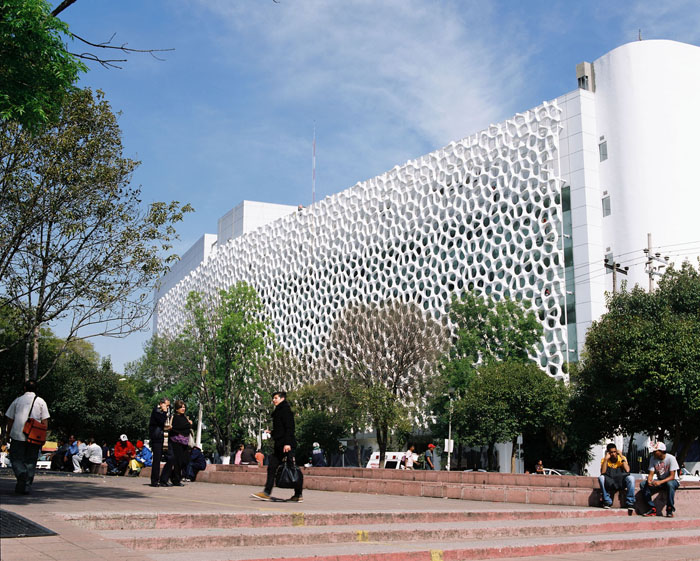Using a new type of tile that converts the chemicals in pollution into less toxic substances, the Torre de Especialidades is fighting the city’s bad air—and looking good in the process.
Plenty of green buildings cut down on pollution with design features that minimize their energy usage. A tower under construction at a Mexico City hospital, on the other hand, actually eats pollution in the air that surrounds it. The Torre de Especialidades is shielded with a facade of Prosolve370e, a new type of tile whose special shape and chemical coating can help neutralize the chemicals that compose smog: and not just a small amount of them, but the equivalent produced by 1,000 cars driving by each day.
The tile is the first product by Berlin-based design firm Elegant Embellishments, whose co-founder Allison Dring explained to me via email, just exactly how a 100-meter-long tile screen can suck up serious amounts of smog.
From our partners:
The process is twofold (and might take you back to a high school chemistry class): the paint applied to the tiles is made from titanium dioxide—a pigment used to make things like sunscreen white that happens to double as a catalyst in certain chemical reactions.
When UV light cuts through smoggy air and hits the titanium dioxide on the tiles, a chemical reaction occurs between the tiles and chemicals in the smog—mono-nitrogen oxides, or NOx. A lot of chemistry goes on in the interim, but for simplicity’s sake, the end result of the reaction is that the smog is broken down into small amounts of less noxious chemicals, including calcium nitrate (a salt used in fertilizers), carbon dioxide, and water. The titanium dioxide itself remains unaffected, so it can keep making reactions happen.
But it’s not just chemistry that makes this work: it’s design. The shapes of the tiles, a “quasicrystalline grid, create omni-directionality, and surface enlargement, which enhances their ability to receive and scatter UV light,” Dring explains. “The shapes slow wind speeds and create turbulence, for better distribution of pollutants across the active surfaces. The omni-directionality of the quasicrystalline geometry is especially suitable to catch things from all directions.”
So, the shape of the tile scatters more light and collects more pollutants, which means more chemical reactions. But they’re also beautiful, a strategic decision by Elegant Embellishments to attach the technology “to an aesthetic, to be visibly apparent to the public,” Dring offers. “The client, and indeed the general public are aware and live every day with the hazards of pollution—it’s a fairly visible problem in [Mexico City.]” The unique look of the Prosolve370e tiles serves as a beacon that something’s being done.
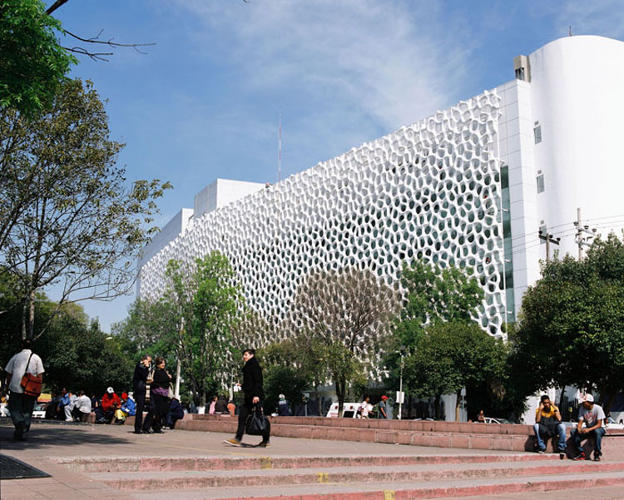
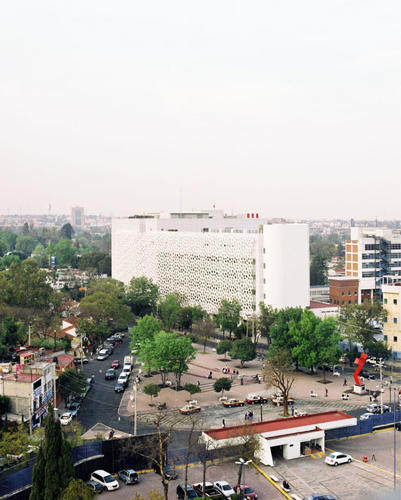

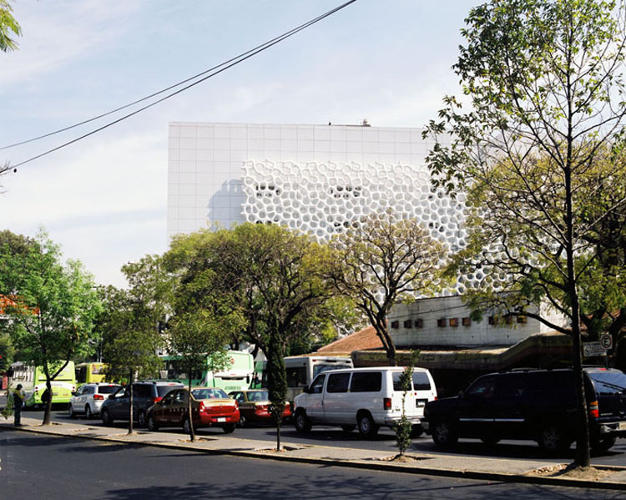
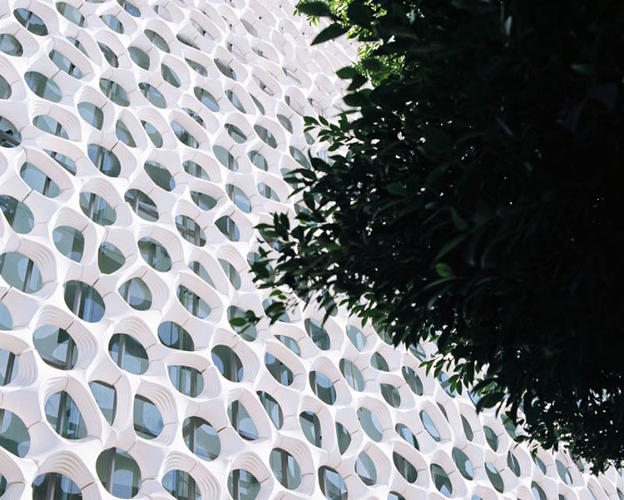
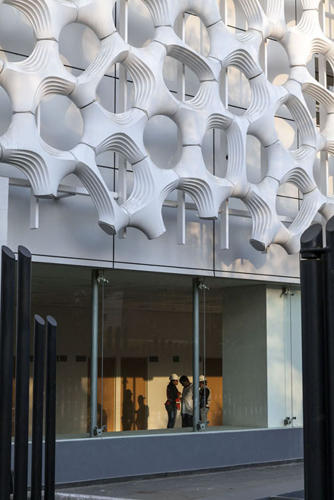
This feature adopted from FastCoExist.








